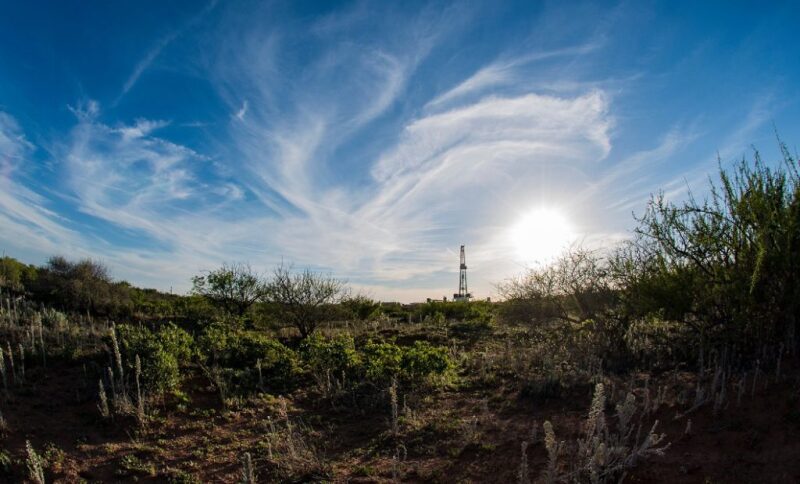A glut of Permian crude is resulting in takeaway constraints and discounted Midland spot prices, but those issues will serve as mere bumps in the road for basin-wide production growth into the 2020s, according to a new report.
Research firm IHS Markit forecasts oil production from the basin, which spans West Texas and southeastern New Mexico, will more than double between 2017 and 2023, rising 3 million B/D to 5.4 million B/D.
The rapid growth will be fueled by West Texas Intermediate oil prices of $60/bbl or above and $308 billion in upstream spending between 2018 and 2023, resulting in some 41,000 new wells being drilled. Those wells are expected to generate positive cash flow.
| Outlook Projections 2017–2023 |
|---|
| Permian oil production +116% to 5.4 million B/D |
| Permian natural gas production +114% to 15 Bcf/D |
| Permian liquids production +105% to 1.7 million BOE/D |
| Total US crude exports +364% to 4 million B/D |
For perspective, the rise will represent more than 60% of net global oil production growth during 2017–2023, and total production in 2023 will be more than that of any country in OPEC except Saudi Arabia.
Permian infrastructure will continue its struggle to keep up with rising output. The report assumes logistical bottlenecks will occur, causing some wells to be deferred to second-half 2019, when a series of large pipelines are slated to begin moving crude to the Gulf Coast. Companies are planning additional projects thereafter, including Plains All American’s and ExxonMobil’s proposed 1 million-B/D crude and condensate pipeline.
Little takeaway relief will come in the meantime, with trucking and crude-by-rail facing their own constraints. Regional refining capacity totals around 600,000 B/D, hardly moving the needle as a destination for the oil. Current spreads between Midland spot prices and those in the Gulf Coast and Cushing, Oklahoma, are double digits.
| Outlook Assumptions Through 2023 |
|---|
| WTI oil prices average $60/bbl or higher |
| Upstream cost inflation +33% vs. 2017 levels |
| Net upstream cash flow +$47.5 billion vs. 2018 levels |
| Crude pipeline capacity +2.5 million B/D |
| Gas pipeline capacity +8 Bcf/D |
| Gas processing capacity +7 Bcf/D |
“The infrastructure challenges in the Permian illustrate a fundamental mismatch between upstream oil producers and midstream players,” said Jim Burkhard, IHS Markit vice president and head of crude oil markets. “The former are focused on fast growth while the latter require sustained high utilization of infrastructure over decades for projects to be viable.”
Factoring in the bottlenecks and still projecting the Permian “to exceed existing and already lofty expectations speaks to the region’s unique and growing prominence to the world oil market,” said Raoul LeBlanc, IHS Markit executive director.
The report does assume, however, that production growth in the basin will slow in the early 2020s due to “high capital investment requirements” and “little productivity improvement.”

